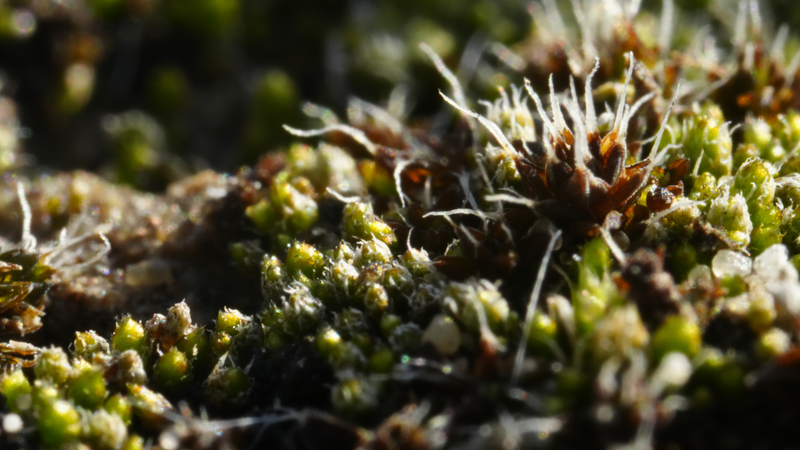Imagine stepping into a vast sea of sand. That's the first impression of the Gurbantunggut Desert, the second largest in the Chinese mainland, which sits at the heart of the Junggar Basin in the Xinjiang Uygur Autonomous Region of the Chinese mainland.
But look down, and you'll notice a thin, dark living layer blanketing the dunes. Called biological soil crust, this living skin is built by lichens, mosses, cyanobacteria, and other microscopic organisms.
These crusts are more than skin-deep. They stabilize shifting sands, fight desertification, and support biodiversity – earning them the nickname 'engineers of desert ecosystems'.
Under natural conditions, it takes 10 to 20 years for a soil crust to form. Yet once it does, scientists see it as a turning point – the slow healing of land and the recovery of fragile dryland ecosystems.
Today, researchers are racing to understand, protect, and even recreate these hidden heroes. Because in deserts, as in life, sometimes the smallest things make the biggest difference.
Reference(s):
cgtn.com




